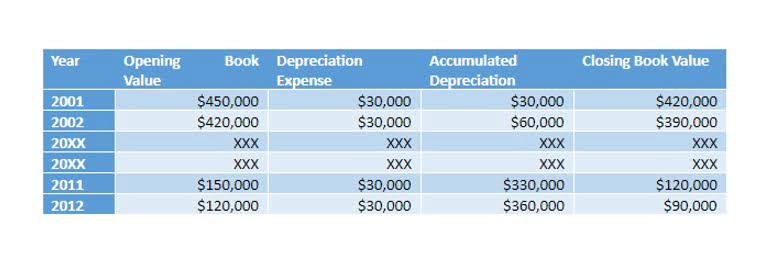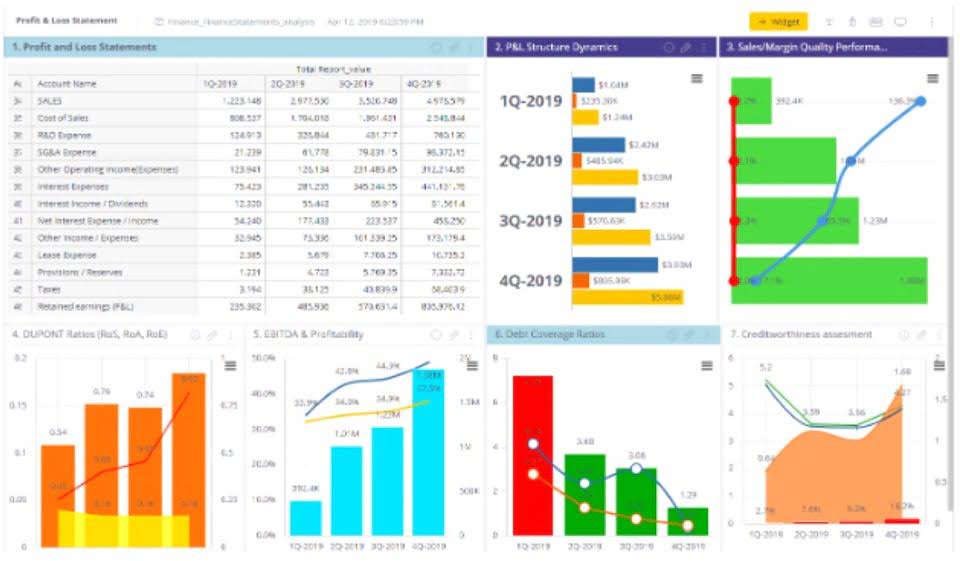Accounting reconciliation: What it is and how its done

The commerce sphere is always at the forefront of adopting innovative tech solutions. One of the key reasons behind it is the fact that selling products and services to consumers in such a dynamic landscape requires merchants to continuously optimize their operations and stand out through unique offerings. The five major categories of accounts included in the general ledger are liabilities, assets, revenue, expenses and equity.
Step 2: When the invoice arrives
Payment reconciliation is the accounting process that verifies transaction records and payables data for accuracy and completeness. After adjusting the balance as per the cash book, you’ll need record all adjustments in your company’s general ledger accounts. Ideally, you should run a reconciliation each time you receive the statement from your bank. The bank may send you a bank statement at the end of each month, each week, or, if your business has a large retained earnings number of transactions, they may even send one at the end of each day. You’ll need to adjust the closing balance of your bank statement in order to showcase the correct amount of withdrawals or any checks issued that have not yet been presented for payment.
- This article will explore what payment reconciliation is, its types, and how it works.
- For payment reconciliation, you should ensure that you are providing stakeholders with the most accurate representation of the organization’s current financial situation.
- If the indirect method is used, the cash flow from the operations section is already presented as a reconciliation of the three financial statements.
- That’s because payment reconciliation is overwhelmingly done manually – the team must download documents across providers and institutions and match the transactions, line by line.
- Payment reconciliation refers more specifically to the act of matching payments to invoices or bills to confirm that payments are correctly accounted for and recorded.
- While this may sound straightforward, manual paperwork carries the risk of human error.
- Recent supply chain disruptions have aggravated the process even more due to resulting delivery and payment delays.
Why is automated payment reconciliation important?

Without a reconciliation solution in place, your bank accounts may have less than the expected balance leading to bounced cheques or overdraft fees. All the cash, cards, or checks collected in a register are compared with the sales receipts at the end of the day or https://www.bookstime.com/ before the shift changes. If the totals don’t match, it could indicate an accounting error or an employee theft.

Make Necessary Adjustments in the Balance as per the Cash Book
- To reconcile the transactions, the internal and external activity is matched up.
- In the absence of proper bank reconciliation, the cash balances in your bank accounts could be much lower than expected, which may result in bounced checks or overdraft fees.
- This increases the risk of manual errors, making the reconciliation process more complex.
- Adhering to these best practices is instrumental in enhancing payment reconciliation efficiency, accuracy, and fraud detection capabilities.
- The concept involves internal documentation of expenses through an established system.
Once they have determined all is in order with the invoice, the accounts payable clerk will enter it into your accounting system for payment. 3) Custom Reconciliation– Cross-checking the customer’s outstanding balance to account receivables to ensure there are no inaccuracies. For instance, let’s assume that you sold two products of Rs. 100 each on February 1. So, after the payment processing, the payment gateway credits Rs. 200 in your merchant account. You will need to know your cash flow as well as your expenditure payment reconciliation to understand how much profit you are making. Moreover, this information will help you chalk out a business plan for the future.

Today, reconciliation is an automated process that resolves numerous business challenges and opens up new growth opportunities. For fast-growing SaaS companies, marketplaces, and platforms, digital payments are their lifeblood, enabling rapid growth and success. But the sheer volume of payments has become staggering – Insider Intelligence estimated last year that US B2B payment transaction value would exceed $27.542 trillion.
Payment reconciliation best practices and tips
- But the sheer volume of payments has become staggering – Insider Intelligence estimated last year that US B2B payment transaction value would exceed $27.542 trillion.
- When bank statements arrive, the costs and payments are cross-checked to ensure finances are correct.
- Using cloud accounting software, like Quickbooks, makes preparing a reconciliation statement easy.
- The process of payment reconciliation begins with open bills and invoices in a business’s accounts payable (AP) system that indicate the need to pay suppliers for services or products.
- For instance payment gateway dashboards can give you the following insights.
These fees are charged to your account directly, and reduce the reflected bank balance in your bank statement. These charges won’t be recorded by your business until your bank provides you with the bank statement at the end of every month. Deposits in transit, or outstanding deposits, are not showcased in the bank statement on the reconciliation date. This is due to the time delay that occurs between the depositing of cash or a check and the crediting of it into your account. In addition to this, the reconciliation process also helps keep track the occurrence of fraud, which can help you control your business’ cash receipts and payments.
What is Payment Reconciliation? How it Works and Examples
With such a process in place, you can maintain accurate financial records, manage cash flow better, improve financial reporting, detect and prevent fraud and optimize payments. Payment reconciliation, like account reconciliation, is an accounting process that verifies every set of records – from the bank statement to your balance sheet – is correct and up-to-date. It’s all about making sure that your internal records match any statements you get from vendors – what you should or have paid should match what the invoice says. The company’s finance team is responsible for ensuring that all payments going in and out are accurately recorded and reconciled in the company’s financial records.
